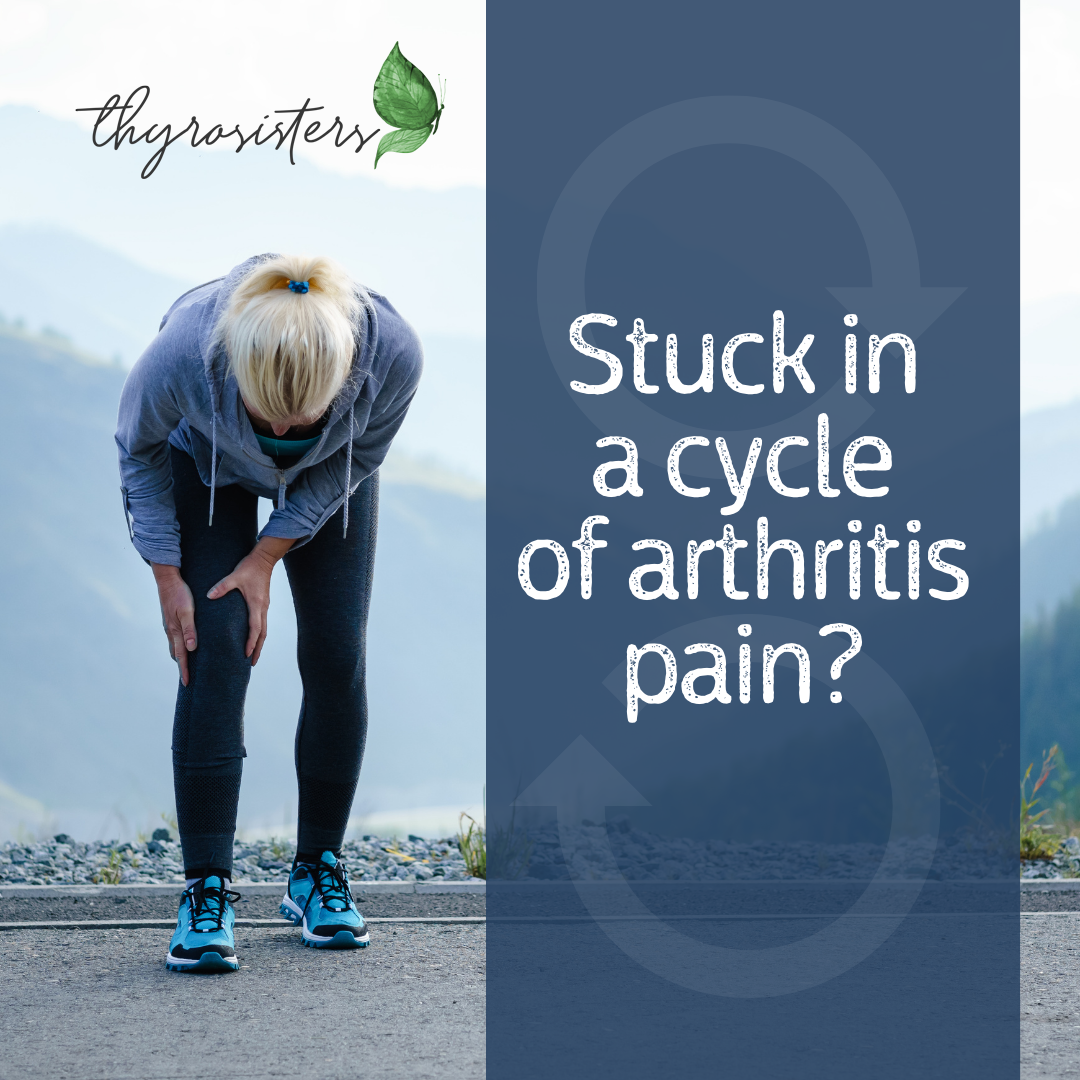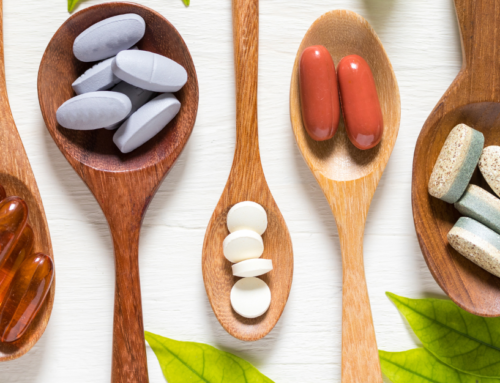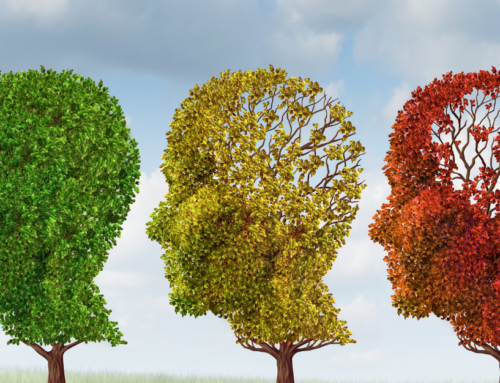How Functional Medicine May Relieve Arthritis Pain
ThyroSisters, we’re going to chat about something that we all have (or will experience) arthritis pain. Whether from health issues, injuries, or the ravages of time, you know how much of a headache it is! All the aches and pains of arthritis make moving your joints unnecessarily difficult, and the prospect of your symptoms worsening over time is daunting, to say the least.
What if I told you there are therapies available that are both natural and effective? Research is proving just that- and presenting ways to support arthritis and lessen symptoms naturally.

What is Arthritis?
There are a number of reasons arthritis can develop: from autoimmunity to gout, infectious bacteria, and even Lyme disease… the list goes on, and there are as many varying symptoms as there are causes.
The two most common causes of arthritic pain are:
- Autoimmune
- Degenerative
Autoimmune Arthritis
Autoimmune arthritis is what we see in Rheumatoid Arthritis, Psoriatic Arthritis, and Lupus.
These conditions are systemic — meaning the entire body is affected. Inflammation courses throughout the body and disturbs the delicate joint cavity. Often, the body’s own immune system malfunctions and directs excessive inflammation to the joints.
 Antibodies Attack Your Own Tissues
Antibodies Attack Your Own Tissues
In rheumatoid arthritis, an auto-antibody (called rheumatoid factor) is created which mistakenly attacks one of the body’s natural antibodies: IgG. Only a portion of IgG is targeted, but it leads to a larger problem: cross-reactivity – an antibody attack on your own tissues.
Once this auto-antibody attack has occurred in the body once, rheumatoid factor can no longer distinguish between IgG and the synovial membrane of the joint. As a result, the joint itself will be slowly destroyed.
How Autoimmune Arthritis Progresses
Autoimmune types of arthritis often affect joints symmetrically (meaning both sides of the body are equally affected). This chronic disease leads to pain, stiffness, swelling, and limited range-of-motion in multiple joints. But it may start slowly with just a few small joints – stiffness in the hands is a typical early symptom.
If you have autoimmune arthritis, it’s important to work closely with your healthcare team to obtain a diagnosis and develop an ongoing maintenance and prevention plan. Some arthritic conditions, such as systemic lupus erythematosus (SLE), can be life-threatening.
Degenerative Arthritis (aka Osteoarthritis)
Degenerative joint disease — or osteoarthritis — is the most common disorder of the joints, occurring in about 10% of people over the age of 60.
Why Do Some People Develop Osteoarthritis?
- Previous Joint Issues
Often considered an “inevitable” part of aging, osteoarthritis is a bit of a misnomer. While there is inflammation (hence the “-itis”), the inflammation occurs after joint damage or in a naturally malformed joint. - Metabolic Conditions
Most people suffering from osteoarthritis typically have no precursing conditions. It can, however, develop as a result of metabolic disorders (such as diabetes).
How Does OA Attack the Joints?
The wear and tear seen in degenerative joint disease targets the “hyaline cartilage”, which is there to ensure friction-free movement and proper dispersal of weight across the bone.
Protective chondrocytes
For years, this damage is mitigated by chondrocytes. These helpful little cells replace the worn-out cartilage with fresh, strong hyaline cartilage. As we age, however, it’s hard for them to keep up.
Conventional Treatments for Osteoarthritis Increase Degeneration
It’s common for doctors to prescribe NSAIDs (non-steroidal anti-inflammatory drugs) for arthritic pain. Unfortunately, these NSAIDS prevent chondrocyte formation — this only exacerbates the loss of cartilage.
So how can I treat my arthritis?
Sisters, that’s where we come in!
Supporting Arthritis with Functional Medicine
While conventional treatment options for your arthritis may differ depending on whether it’s autoimmune or degenerative, some natural therapies prove helpful regardless of the type of arthritis causing the pain. We’ll go over a few of these today.
Arthritis is different for everybody, and every body is unique, so make sure you talk to your doctor to determine which options are best for you.
Final Takeaway
As you can see, there are many natural ways to support your body when suffering from arthritis. You have options! Functional and lifestyle therapies have been shown to offer significant, medication-free relief for those dealing with arthritis. Use caution when starting a new regimen even with natural therapies, it’s always best to work with a professional for guidance specific to your unique body and health issues.
Our ThyroSisters team can help you find solutions for your arthritis. Acupuncture, laser therapy, and even liver support may all play a role in your individualized treatment plan. Reach out for more details today!
References:
Daily JW, Yang M, Park S. Efficacy of Turmeric Extracts and Curcumin for Alleviating the Symptoms of Joint Arthritis: A Systematic Review and Meta-Analysis of Randomized Clinical Trials. J Med Food. 2016;19(8):717-729. doi:10.1089/jmf.2016.3705
Mohammed AT, Khattab M, Ahmed AM, Turk T, Sakr N, M Khalil A, Abdelhalim M, Sawaf B, Hirayama K, Huy NT. The therapeutic effect of probiotics on rheumatoid arthritis: a systematic review and meta-analysis of randomized control trials. Clin Rheumatol. 2017 Dec;36(12):2697-2707. doi: 10.1007/s10067-017-3814-3. Epub 2017 Sep 15. PMID: 28914373.
Wang L, Gao C, Zhu D, Chen LH. [Effect of functional exercises on patients with rheumatoid arthritis: a meta-analysis]. Beijing Da Xue Xue Bao Yi Xue Ban. 2018 Dec 18;50(6):991-997. Chinese. PMID: 30562770.
Zhang X, Zhang D, Jia H, Feng Q, Wang D, Liang D, Wu X, Li J, Tang L, Li Y, Lan Z, Chen B, Li Y, Zhong H, Xie H, Jie Z, Chen W, Tang S, Xu X, Wang X, Cai X, Liu S, Xia Y, Li J, Qiao X, Al-Aama JY, Chen H, Wang L, Wu QJ, Zhang F, Zheng W, Li Y, Zhang M, Luo G, Xue W, Xiao L, Li J, Chen W, Xu X, Yin Y, Yang H, Wang J, Kristiansen K, Liu L, Li T, Huang Q, Li Y, Wang J. The oral and gut microbiomes are perturbed in rheumatoid arthritis and partly normalized after treatment. Nat Med. 2015 Aug;21(8):895-905. doi: 10.1038/nm.3914. Epub 2015 Jul 27. PMID: 26214836.





